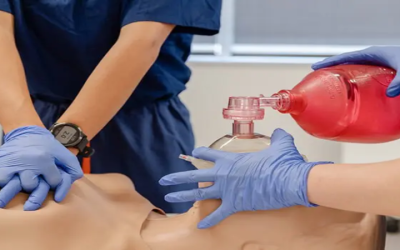Even though cardiopulmonary resuscitation, or CPR, dates back to 1740, there are countless Americans who do not know how to perform it on another individual and have not received CPR training. Considering the fact it can save the lives of cardiac arrest patients, drowning victims and someone who is choking, it should be a mandatory training for all laypeople.
CPR has long been in use from 1903 when Dr. George Crile gave the first successful CPR in the resuscitation of a human. In 1960, the American Heart Association commenced a program to familiarize the medical professionals with closed-chest cardiac resuscitation. That event and those following became the precursor to online CPR training courses of today. Since then, schools and training centers have developed programs for the promotion and the training of CPR for the medical professionals and laypeople.
Why CPR Training?
Even though 70 percent of Americans do not know how to administer CPR, the programs are multiplying every day for online CPR training. School and pre-schools are making CPR training a prerequisite to teaching today for the reason it saves more lives than perhaps any other simple medical procedure.
There is even a National CPR Week where the American Heart Association challenges laypeople to get the training for the potential one time you’ll need it to save a life. The reason is because almost 400,000 cardiac arrest events occur outside the hospital, and the only person around may be a spouse or a parent. If that spouse or parent has had CPR training, a life could be saved.
Who Needs CPR Training
All medical professionals are required to have online CPR training for certification. This includes chiropractors, dentists, nurses, doctors and of course, all emergency medical technicians. The other set of individuals who are required, not by a particular field but by the organization they work for, are the camp counselors, teachers, lifeguards and other health care professionals designated as allied health workers.
As stated above, one of the most important individuals to have online CPR training is the layperson. The layperson is most likely to be around when no one else is to administer the coveted CPR to save a life. There are all levels of CPR training. Some of the more advanced courses include skills, such as inserting tubes to keep airways open, the use of an oxygen tank and any number of artificial breathing appliances.


